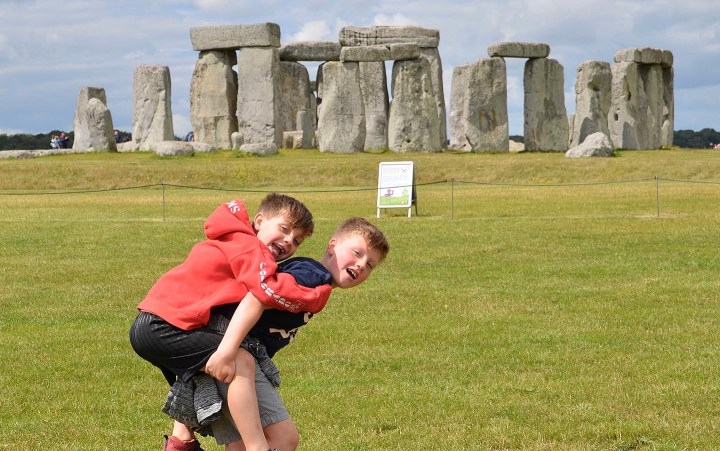
Hello! I’m coming to you from October, to talk about a trip from July. I can’t tell you how behind I am in recapping our travels, but it’s enough that I imagine myself living back in Wisconsin, where the snow will be falling – or perhaps the birds chirping and signaling spring – and I’ll be writing a blog post about little day trip we took back in England over the summer. That might feel a little weird (and who would even be reading at that point…) so I think I’m going to try to buckle down and post more, maybe writing a little less. Wish me luck!
From the Cotswolds, we drove south to the city of Bath in Somerset. Bath is known and named for its Roman-built baths, taking advantage of the area’s thermal springs. From the Roman-Britain Classical era to the Georgian era of the 1700 and 1800s, Bath was a popular “spa town” for residents and noble visitors. The city has beautiful Georgian architecture, alongside more modern buildings and ancient remnants.
We booked in for a tour of the Roman Baths and drove into town as the rain started to pour. We had a little time before it started, so we walked through the town, excitedly grabbing a falafel and samosas from a little food stand, eating huddled under an umbrella on a nearby bench. We worked our way over to the baths – now housed in a large building surrounding the baths, home to a museum as well, all standing in the shadow of the grand Bath Abbey. Knowing our limit with cathedrals, we decided against a tour or climb of the abbey. (I recently saw another expat’s comment that their family used to call those sites the “ABC’s -Another Boring Castle/Church/Cathedral.”) It made me laugh.

The site of the baths was first a temple, constructed in 60-70 AD with the bathing complex built up over the next few hundred years. Oak piles were placed in the ground for foundation, and there were three specific bathing areas, from hot to lukewarm to cold. It fell into disrepair, but was built up again, with the current buildings surrounding the baths completed in the 18th century. You can still see remains of how the baths were heated from the floor, and walk from the top level overlooking the main bath outdoors, inside to a museum housing Roman artifacts, through the changing areas and back down past the baths again. The baths were used for swimming until the 1980s, but are not used now though nearby thermal baths do exist for swimming.


We enjoyed the tour, though it took much longer than anticipated. I’m guessing that in “normal times,” you’re free to enter and explore as you see fit. In these Covid times, we had to follow a one-way system, keeping distance of course between the party in front of and behind you, and if one person stopped to read or stare at something, everyone else stood and waited. It moved slowwwwly. The boys did well, wearing their masks inside and patiently waiting, and impressively, not cannonballing right into the baths. They did check the temperature of the alluring blue-green water.
When we were done, we ventured out to explore the cobblestone paths of the surrounding streets, letting the boys take their pick of treats. Bennett chose chocolate fudge and Nate ice cream, and we sat in a courtyard by the abbey enjoying the view. We continued on to the Parade Gardens, where the boys ran wild and climbed trees. The park also had nice view of the Pulteney Bridge, a bridge spanning the Avon River and one of only four bridges in the world to have shops on each side along the bridge (another being the beautiful Ponte Vecchio in Florence).


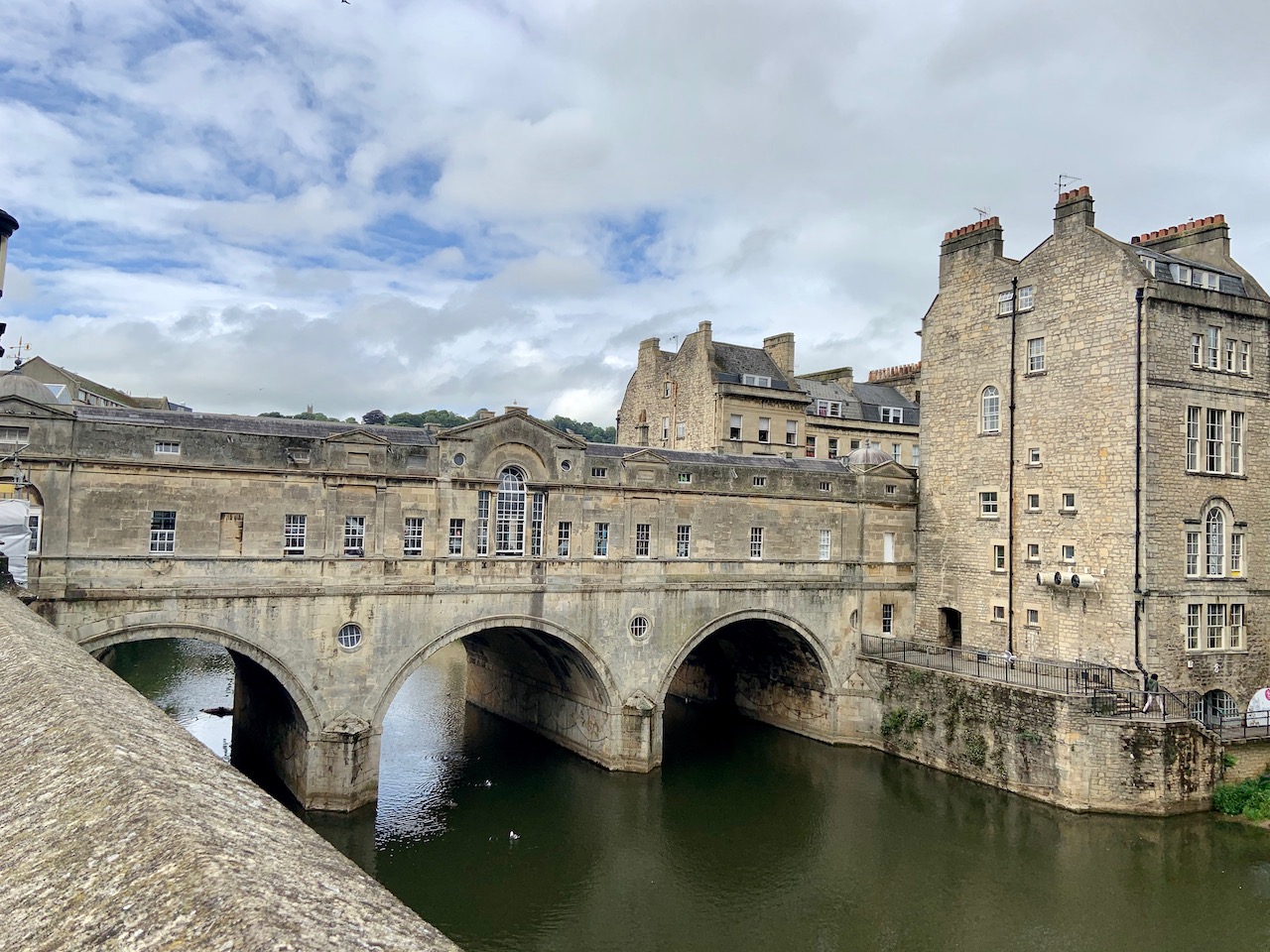




We headed up to see the other buildings Bath are known for, the impressive curved Georgian stone townhouses that comprise the Circle and the Royal Crescent. Bennett especially liked finding Bennett Street! I haven’t scoured real estate listings, but my guess is that those beautiful townhouses come at a hefty price.
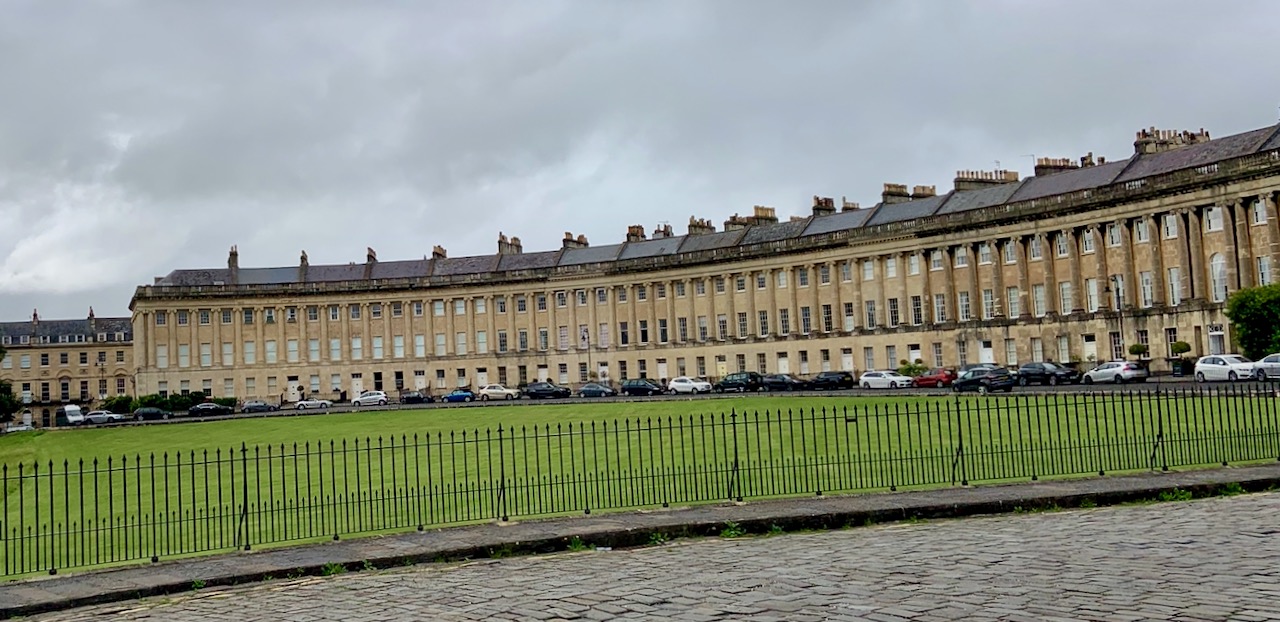

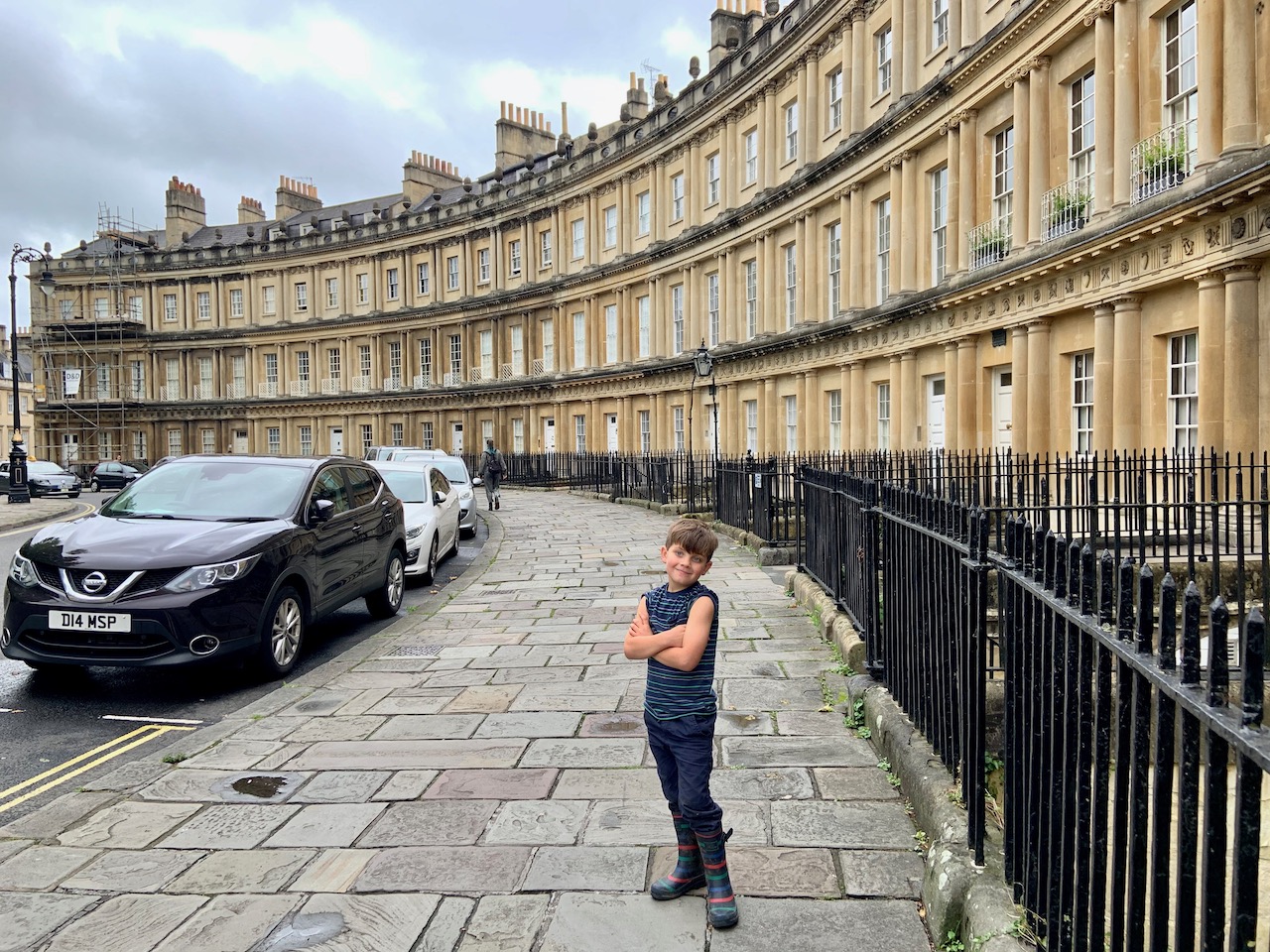
The boys were not as impressed by the architecture, so we tried another avenue to keep them entertained: mini-putt golf. In the middle of Royal Victoria Park, there is a great complex that offered activities like beach volleyball, tennis, and mini golf. We played a round, rotating in and out of our rain jackets as the rain started and stopped then started again, before making our way to the car.
We took our Air B&B owner’s recommendation for dinner that night – a pub on the edge of the city with a great view. It marked our real first dinner out since the start of Covid, and we all marveled in the special experience that dining out can be, which we previously took for granted. After our meal, we wandered outside as the boys played on the equipment built into the hillside by the restaurant (I love that so many UK pubs have play areas) as the clouds cleared slightly in time for a pretty view of the setting sun.

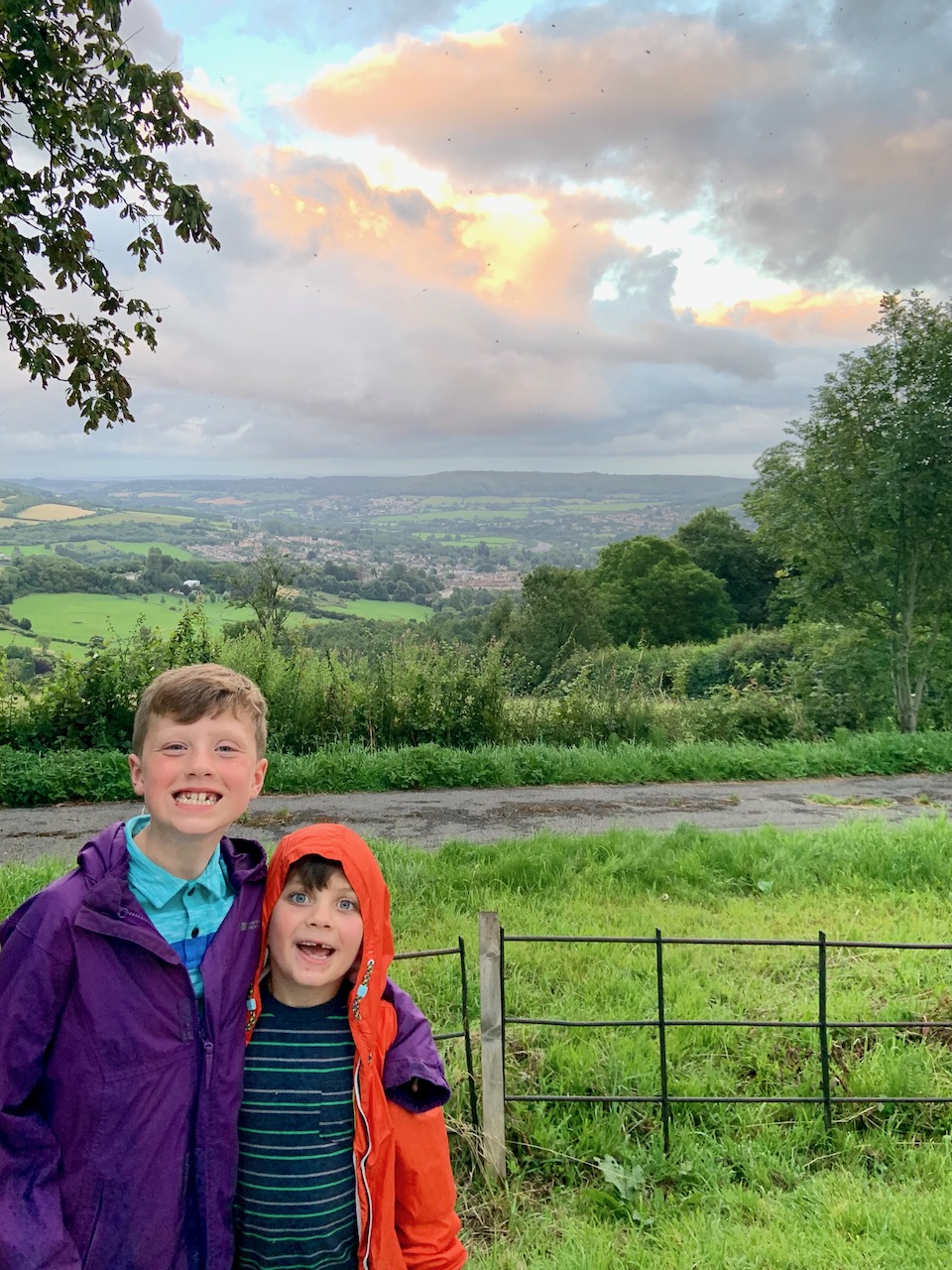
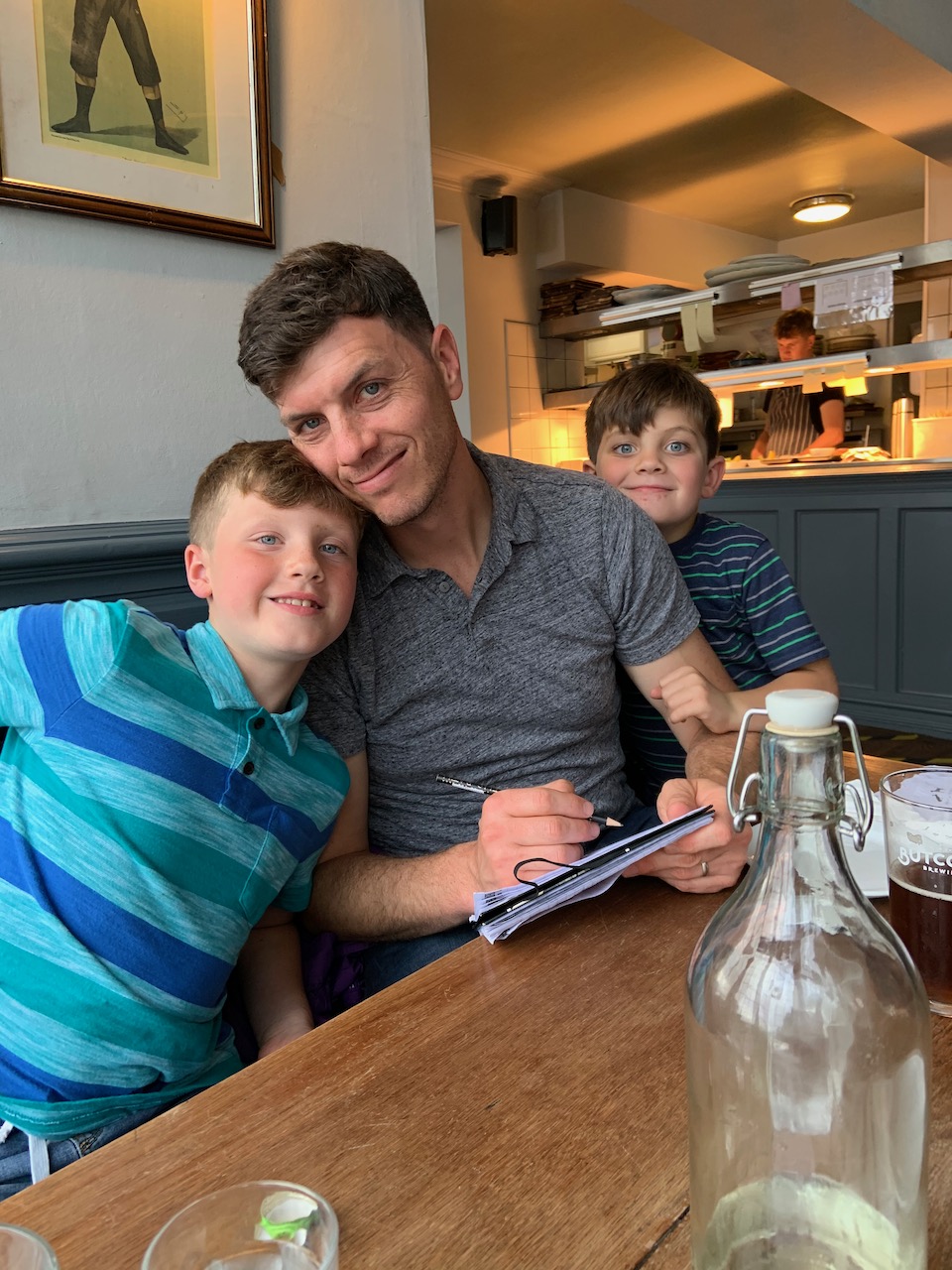

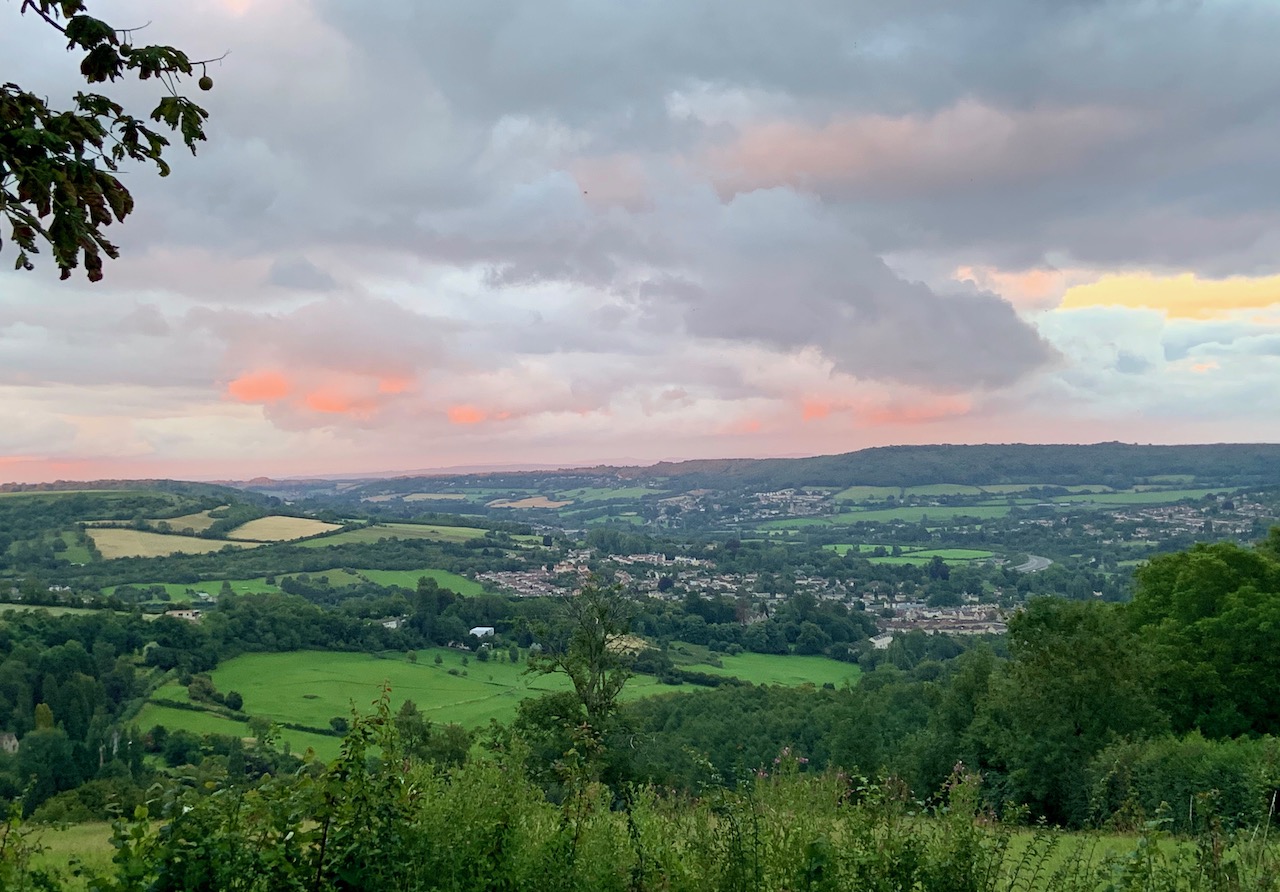
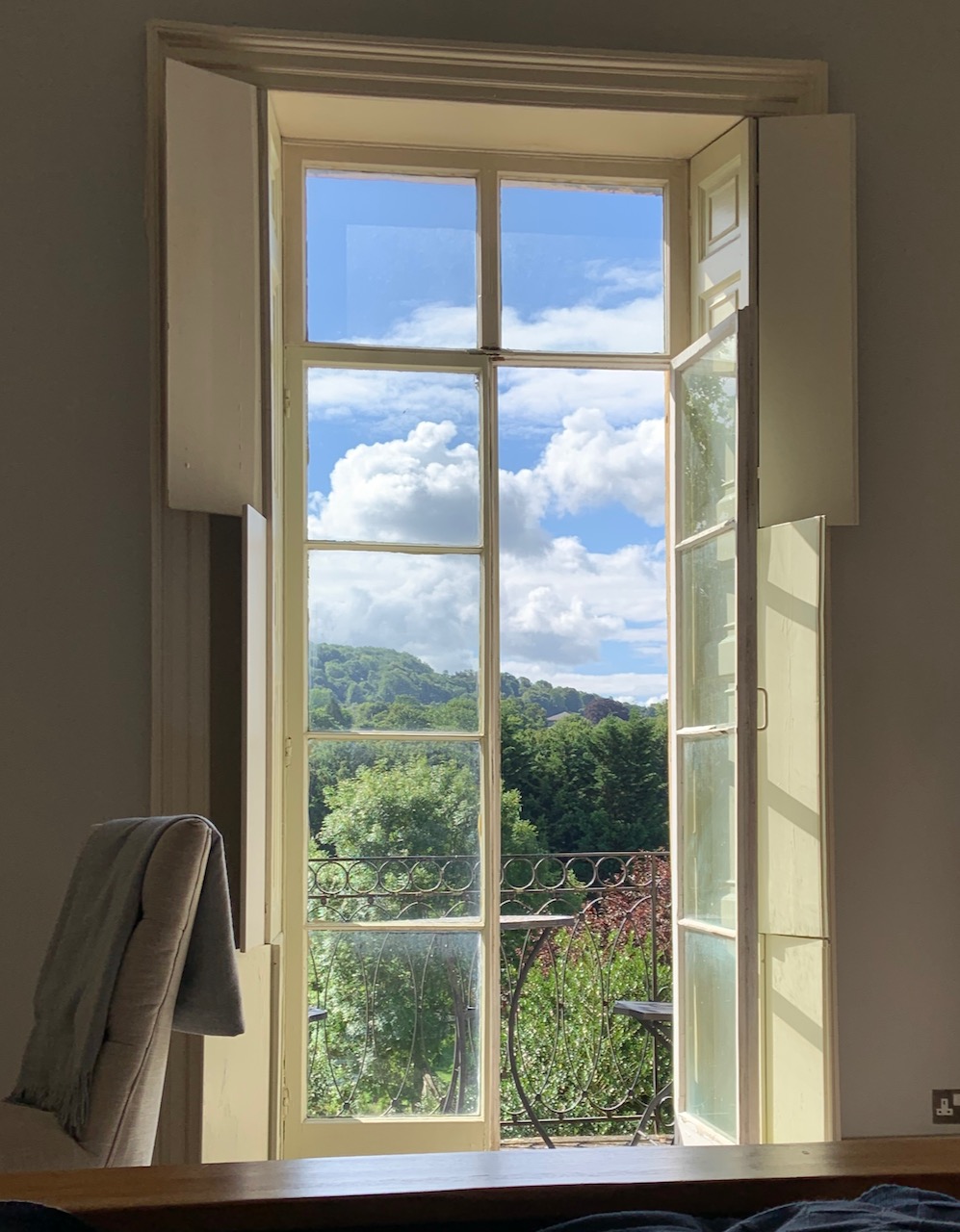
We said goodbye to Bath the next morning with this beautiful view from the AirB&B house (I opened the shutters and doors and stepped out on to the balcony to greet the beautiful day like I was in a Disney movie and storybook characters sang below!) and headed out to see some rocks – specifically the world famous landmark known as Stonehenge.
We were of course familiar with Stonehenge, but were slightly less knowledgeable about the actual history, so spent the drive there looking up facts and pondering the execution of something so awe-inspiring. We didn’t know what to expect, but I had set my expectations low – I vaguely recalled someone saying to me in passing that it really was “just a bunch of rocks.” Fortunately, my expectations were exceeded and I think those of the boys were too. Truly, it is a marvel that must have taken a massive amount of time, effort and coordination. Tim’s engineer mind was in overdrive, trying to figure out what sort of systems they may have used.
Once you park at Stonehenge, there’s about a mile walk just to get to the site itself. There is a shuttle bus running, but we chose to walk. When you first start your walk, you can’t even see Stonehenge and you’re just walking in a field. Round hay bales had recently been made, and we pondered the amount of tourists stopping to take photos next to/in front of/on top of the bales. “They know those large round things aren’t Stonehenge, right?” Tim whispered, gently teasing the city folk unlike us proper English (and Iowa) countrysiders, haha. Then, after walking through a section of woods and through another field, you see Stonehenge before you, growing larger as you walk closer.

Once we got to the site, we marveled at how BIG the stones truly are. They no longer let you up close and personal to the stones – you basically walk around the outside of them, but I think there are inner circle tours outside of regular hours that let you do that. I’ve heard there is a public walking path that will get you fairly close for free, and there is a highway not too far that would offer a quick passing view as well. But we were happy with our view as we sat for a bit, and the boys played tag and ran around the large grassy area, then tried to do perfectly-timed jumps as I snapped photos. Bennett won with this one.
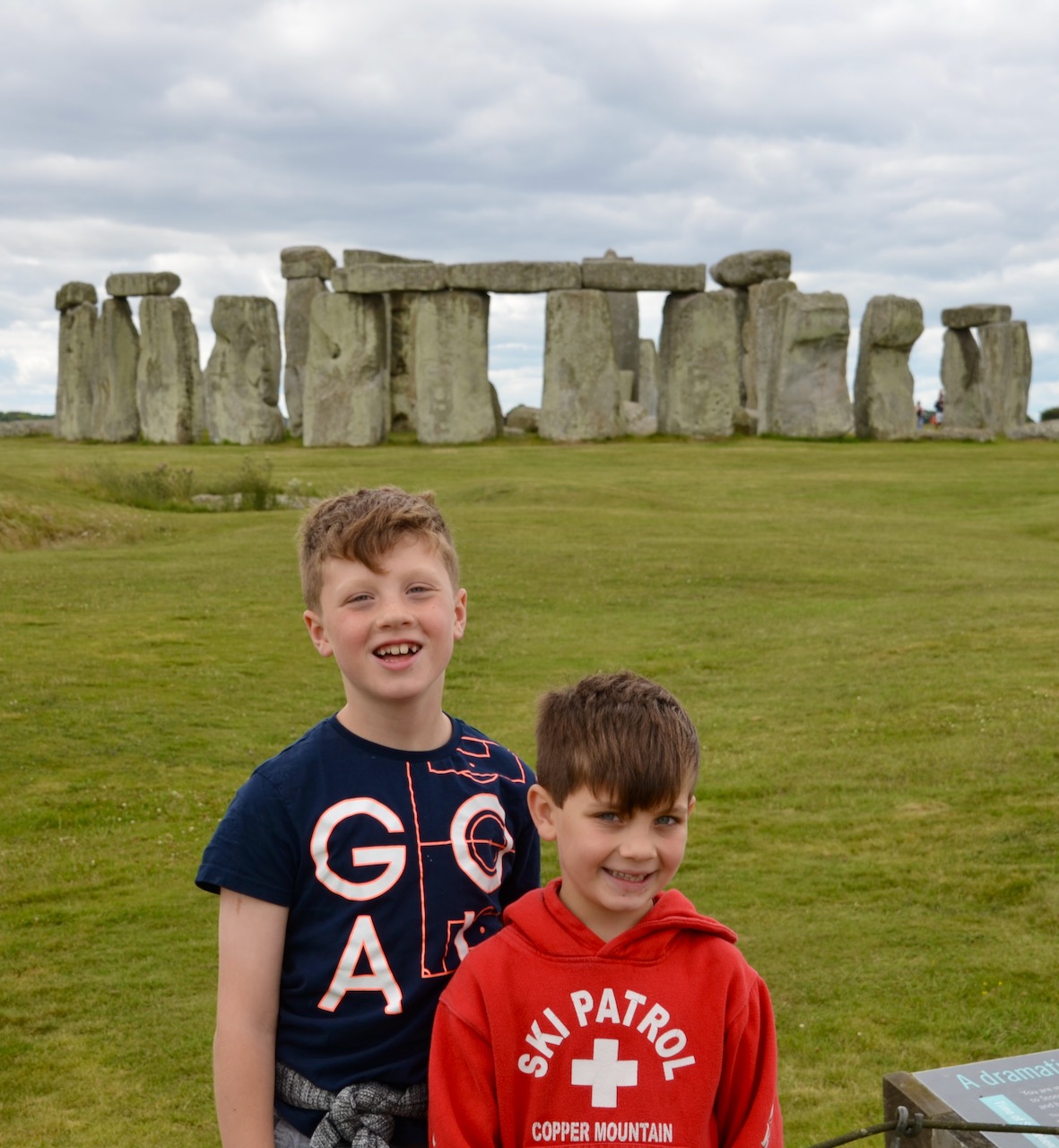
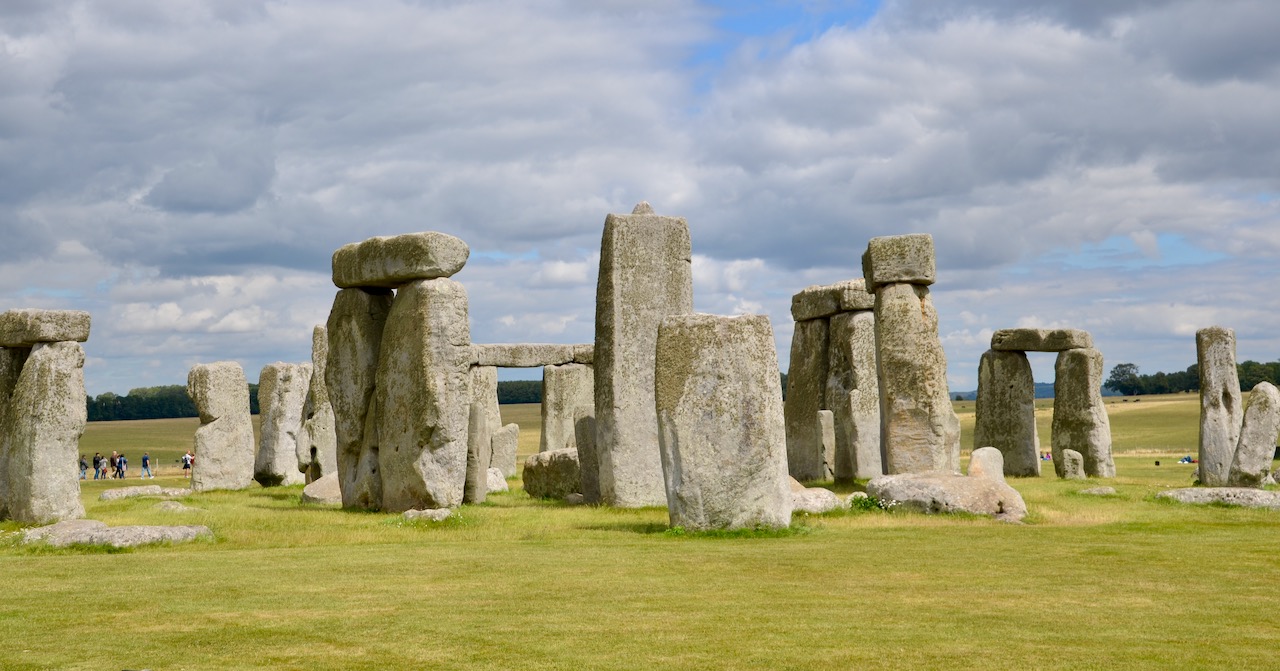


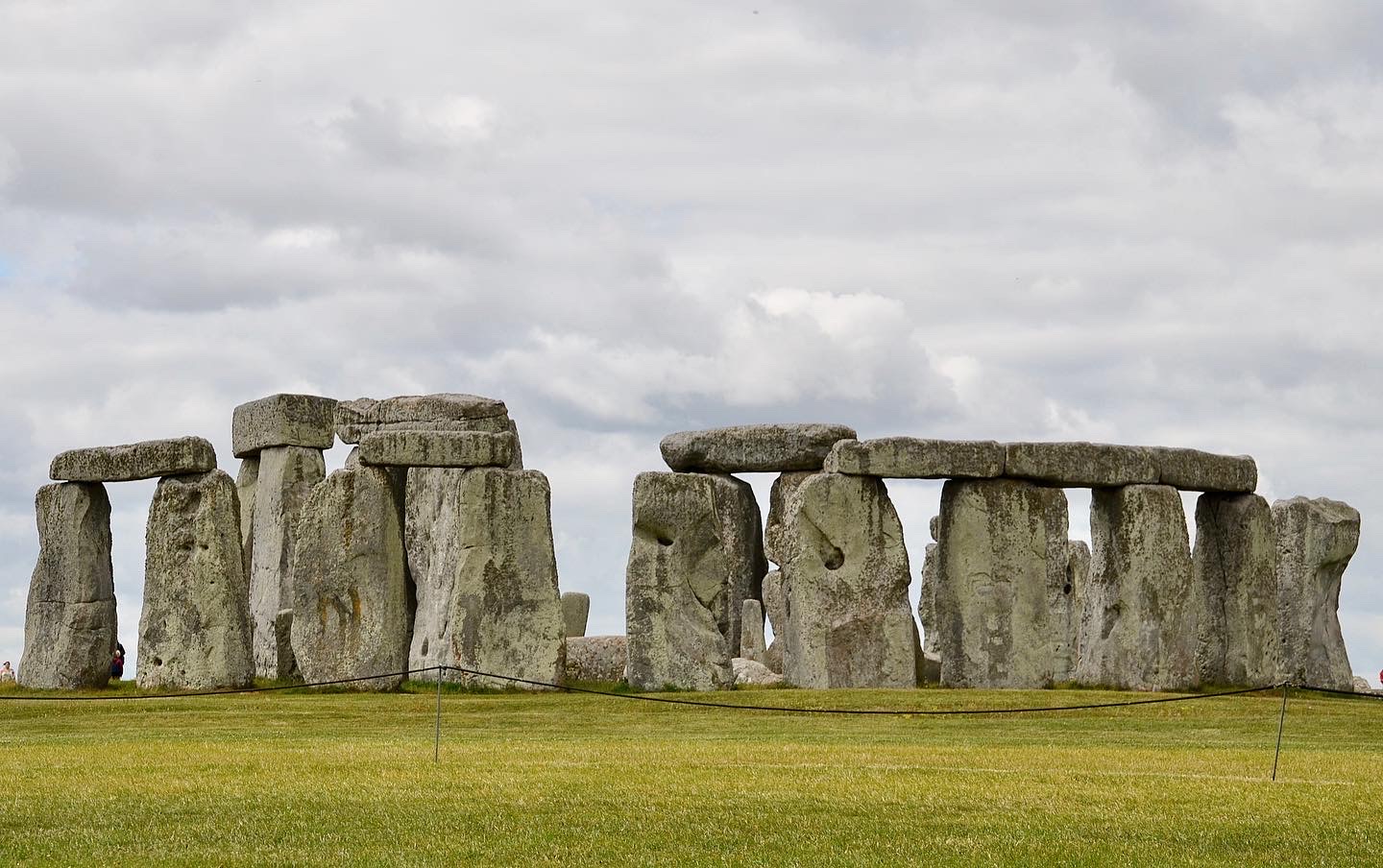
Slowly, we made our way around, taking in every angle and noticing the precision of the laid stones, and vast area they encompassed. A few more photos and an attempt at a family selfie and we started our walk back. I was pleased. Not only was it impressive, it was one of the places we had wanted to visit before our time ran out in England, and we had gotten there. With our minds better grounded in ancient Britain, we loaded back into the car and pointed it in the direction of sunshine and beach.
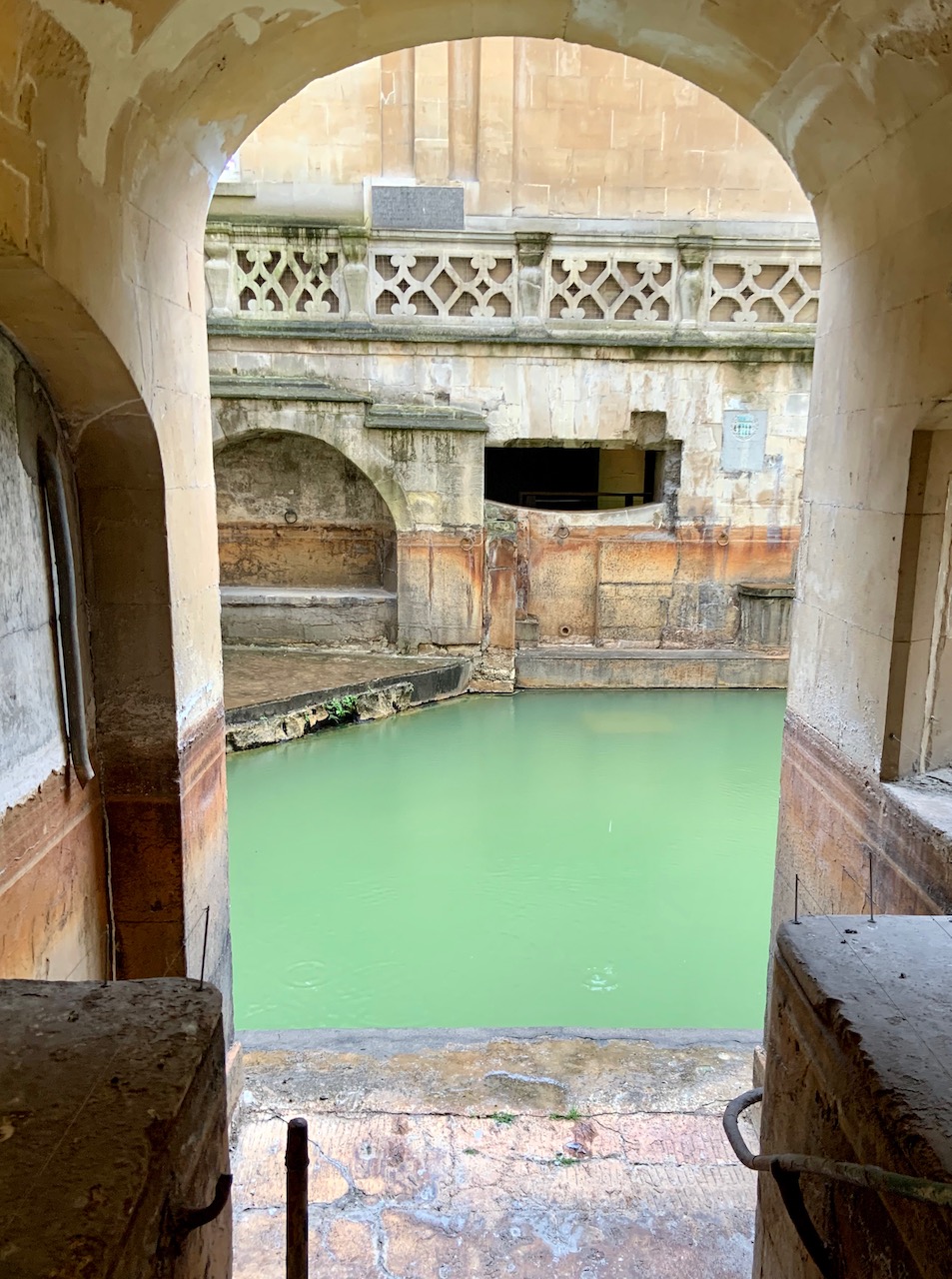


Jana, another great tour and history lesson. Your writing and pictures tell a aonderful tlae.
LikeLiked by 1 person
Thank you, Linda!!
LikeLike
We’re so pleased that you were able to tour Bath and see Stonehenge. Your written commentary and photos had us reminiscing of our trip there. Such wonderful adventures and memories you’re making with your family.
LikeLiked by 1 person
Thank you, Aunt Linda! So glad we could bring back memories of your trip.
LikeLike